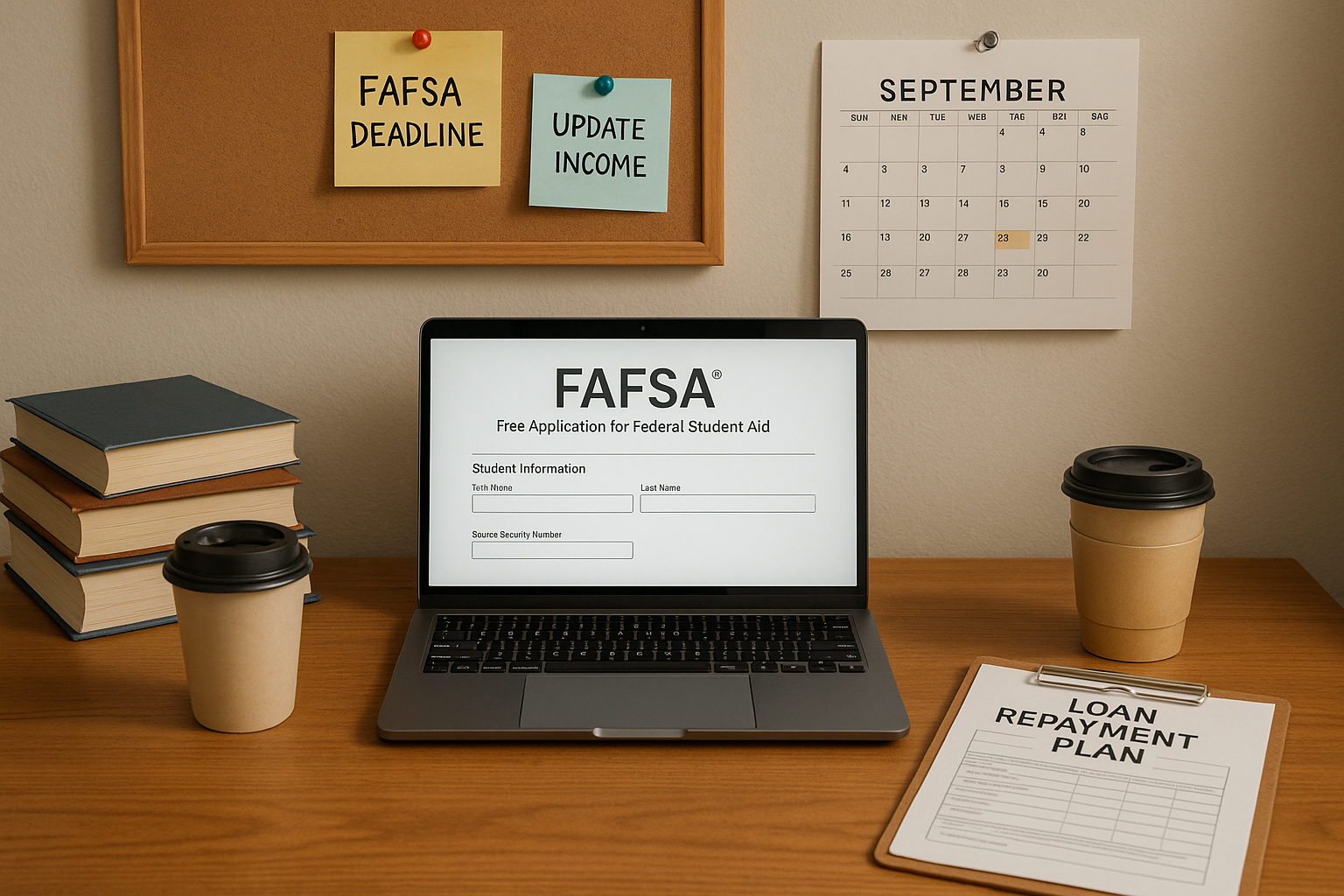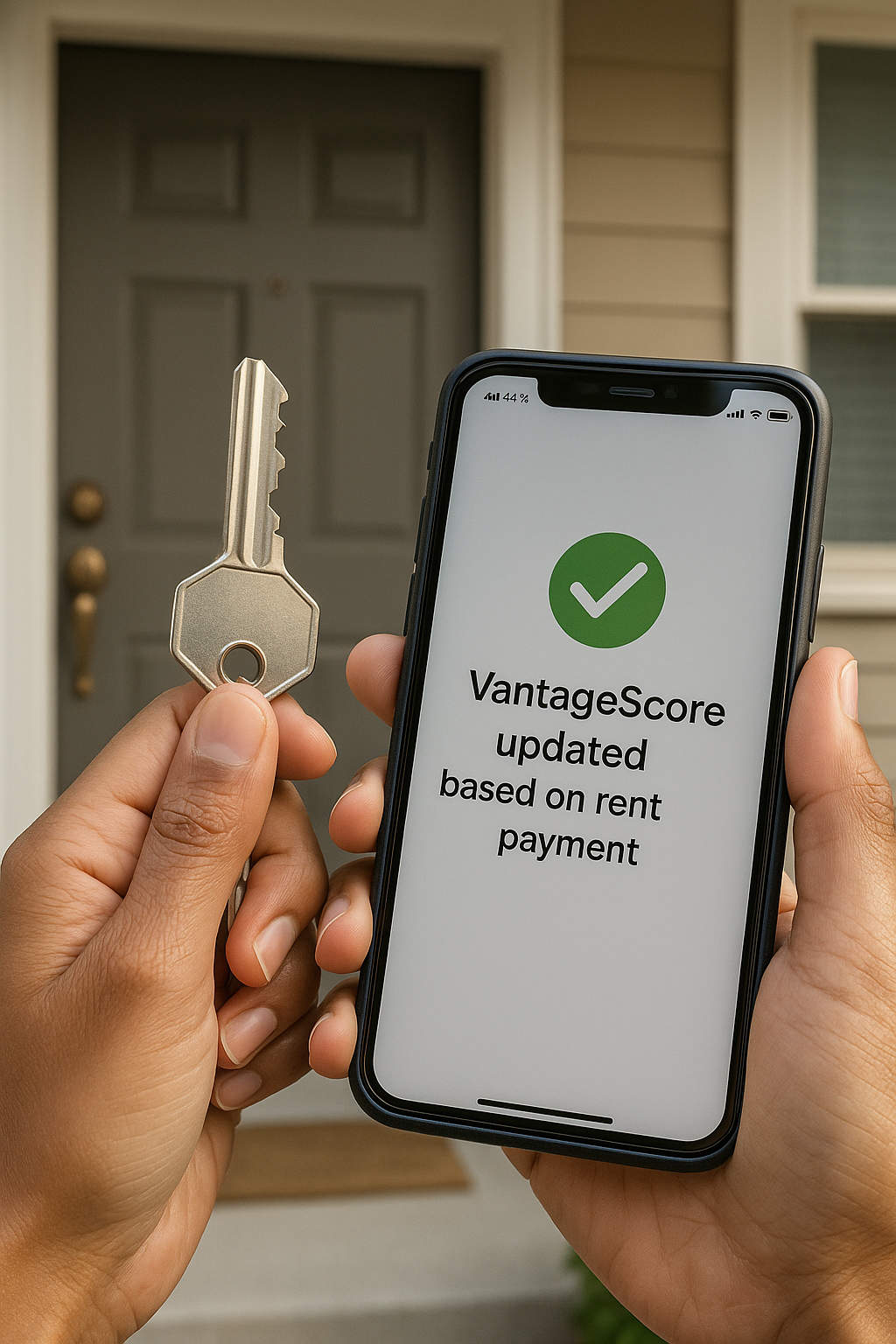As young Latinos beginning to build our professional lives in the U.S., we know that every dollar matters. We’re juggling new careers, maybe student loans, and that constant pressure to plan for a secure future. Getting a handle on your money starts with one simple, powerful habit: tracking your expenses.
It’s not enough to just see money come in; we need to know exactly where it goes. This step is the foundation of financial health, it allows us to turn ambition into economic stability.
Why Expense Tracking is Key for Our Community
We often face unique financial challenges and opportunities here in the States. Data consistently shows the economic power of the Latino community, but converting that power into personal savings and investment requires focus.
- Closing the Wealth Gap: Latinos have made significant economic strides, but the racial and ethnic wealth gap in the U.S. persists. For example, while homeownership is a major builder of generational wealth, only 48.6% of Latino households owned their primary residence in the first quarter of 2024, compared to 74.5% of non-Hispanic white households (Federal Reserve Economic Data (FRED)). Tracking where our money goes is the first step toward consciously allocating funds to big goals like homeownership or investment.
- Controlling Debt: Understanding your spending habits helps us stay ahead of high-interest debt, which can derail future plans. Many of us are balancing caring for family members with our own financial goals, making budget precision non-negotiable.
The Two Roads to Tracking: Manual vs. Digital
Once we commit to tracking, we have to choose our tools. Both manual (pen and paper, or a spreadsheet) and digital systems have merits. The most effective method, for us, is the one we will stick with consistently.
1. Manual Tracking (The Classic Approach)
This method involves physically recording every transaction in a notebook or detailing it in a simple digital spreadsheet.
| The Upsides | The Downsides |
| Deeper Awareness: The physical act of writing down a purchase creates a strong, immediate connection to your spending, making you more mindful. | Time-Consuming: Recording every coffee, bill, and grocery run takes time and focused effort. |
| Zero Tech Barrier: You don’t need to learn new software or worry about digital security. It’s ready to go anytime, anywhere. | Prone to Errors: It’s easy to forget an entry or miscalculate sums, leading to an inaccurate picture of your finances. |
| Total Control: All your data is kept offline, offering a sense of privacy and control over your sensitive information. | Lacks Automation: You have to manually update everything, meaning it’s harder to keep a real-time view of your budget. |
2. Digital Tools (The Modern Way)
These tools (apps, software, or advanced spreadsheets) connect your financial life digitally, often automating the collection and categorization of data.
| The Upsides | The Downsides |
| Automation & Efficiency: Transactions can be imported and categorized automatically, saving significant time and reducing manual errors. | Device Dependency: We must have a reliable phone or computer to access and review our finances, which can limit mental spontaneity. |
| Real-Time Insights: You get an up-to-the-minute view of where you stand against your budget. Many tools can also analyze spending patterns to highlight areas of concern. | Learning Curve: Setting up and mastering a sophisticated digital system can require an initial time investment. |
| Powerful Features: Beyond just logging, many systems offer goal setting, bill reminders, and alerts for overspending, turning data into actionable strategies. | Security & Privacy: While digital tools use high-level encryption, we must be diligent about our personal data and ensure we use reputable services. |
Finding Your Strategy
As new professionals, our financial lives are dynamic. What worked last month might not work next month.
The goal is not perfection; the goal is consistency.
If you are a student of your finances and crave that immediate, tactile connection to your money, manual tracking may be the best start. If you are busy, tech-savvy, and prioritize efficiency, a digital tool that automates the process will likely be your financial ally.
The key takeaway is that both methods lead to the same destination: Financial clarity and control. Once you know your expenses, you can start building nuestro wealth, secure our families, and finally turn those ambitious professional milestones into generational stability.
👉 Ask Gabi, the “judgment free zone” for all of your financial questions!
Stay tuned! We got you!






